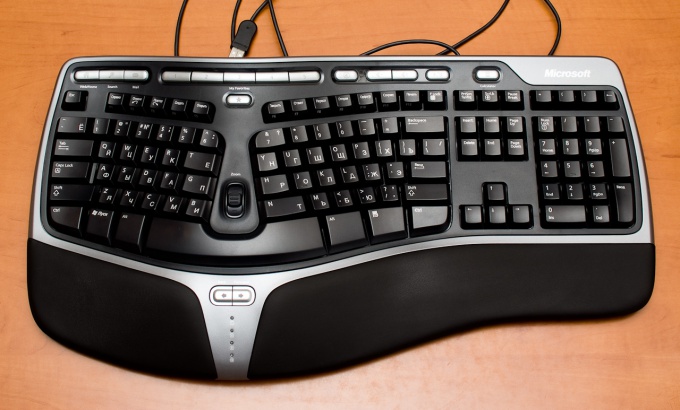Instruction
1
Look at the code-writing program. On the keyboard, simultaneously press a combination of two keys Ctrl and U. In a separate window, symbols appear that are structured in a certain way.
2
Analyze code. First note on the top line of code. Often the first characters define the language name of the programme, for example, HTML. The definition can also serve as the keywords used to write code specific to each programming language.
3
Change the register writing any of the teams, alternating uppercase and lowercase letters. Languages are case sensitive, for example, C++, C#, Java, JavaScript, Perl, PHP meaning of the word will change, but not sensitive - Delphi, VFP, Basic, VBA, VBScript will ignore it, not changing the function of the command.
4
Look carefully at the symbols of division operators as well as operator brackets. In the languages C++, C#, Java, Perl, PHP, Delphi and Transact – SQL statements are separated by ; in this case the curly bracket languages will differ, for example, in C++, C#, Java, Perl, PHP, brackets will be {}, and in Delphi and Transact – SQL it will begin and end. In some programming languages, such brackets do not exist at all, for example, Visual FoxPro, VBScript, Visual Basic e PL-SQL, they have the division operators going through a line with a new paragraph. Please note that the use of symbols ; and _ (underscore) at the end of lines of Visual FoxPro, VBScript, Visual Basic e respectively is characteristic only to them when you write one statement on several lines of code.
5
Compare the code of your program code, programs written in different languages. Also use the standards of writing programs. This method is quite time-consuming, but most effective.




